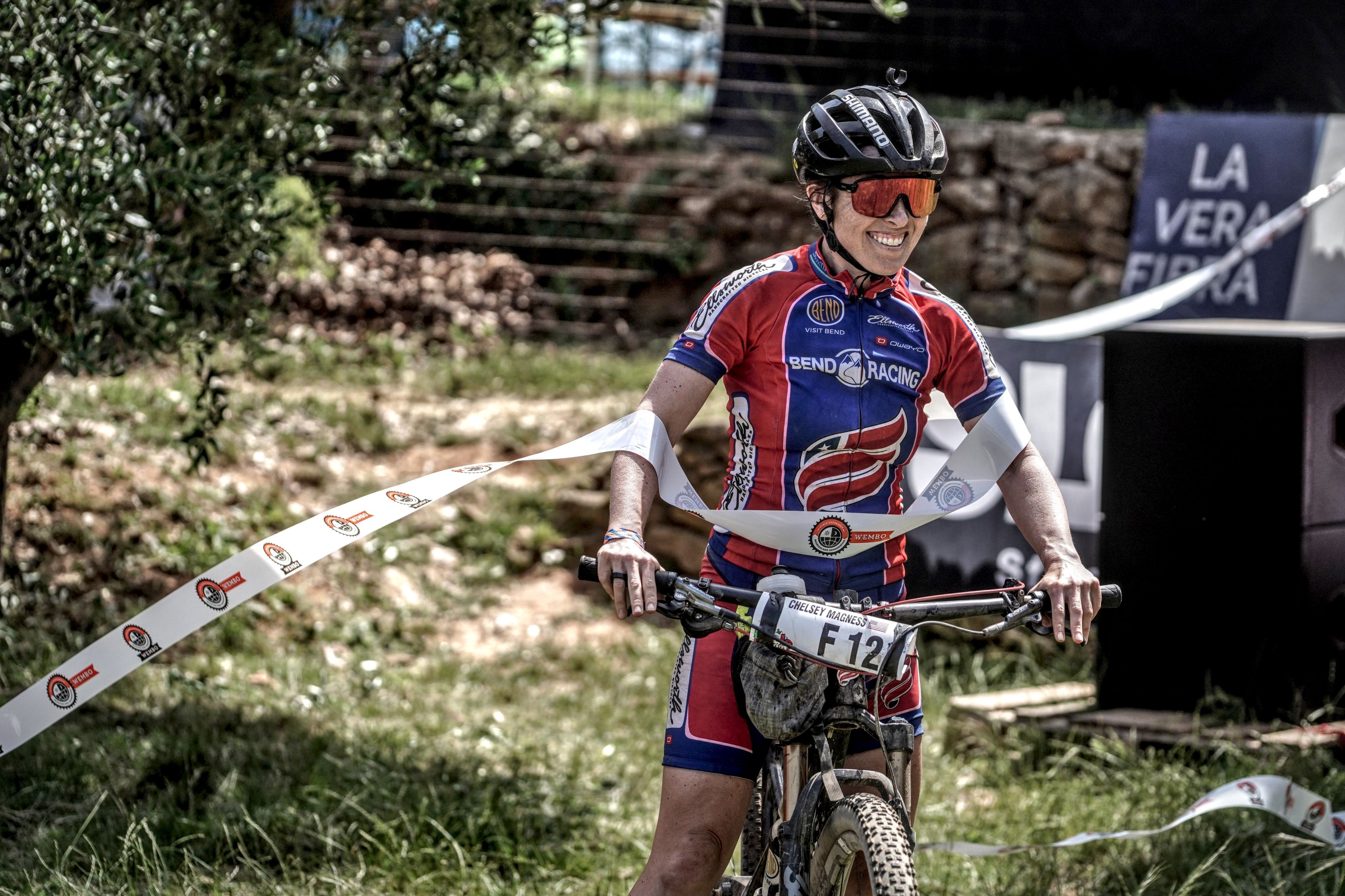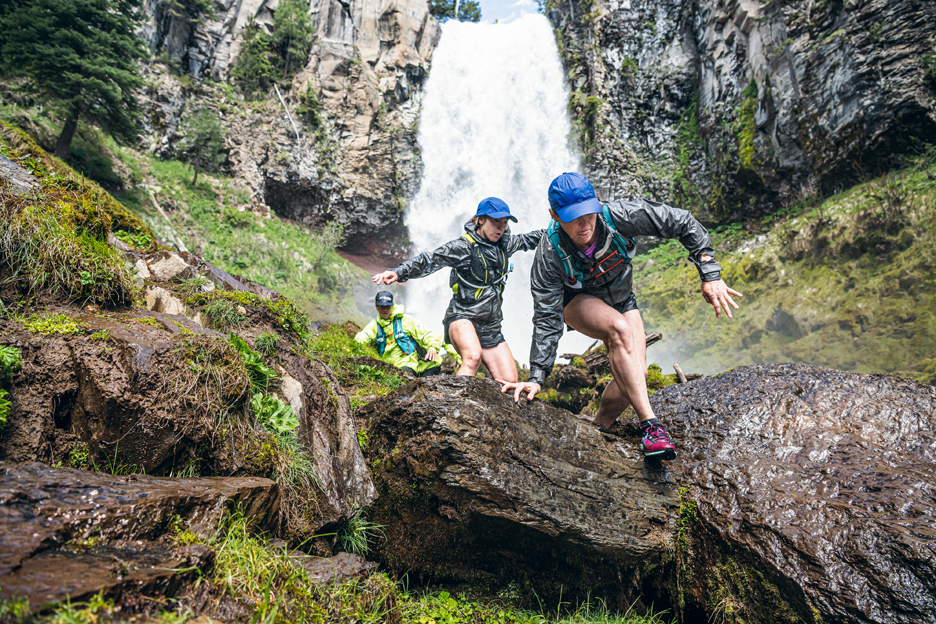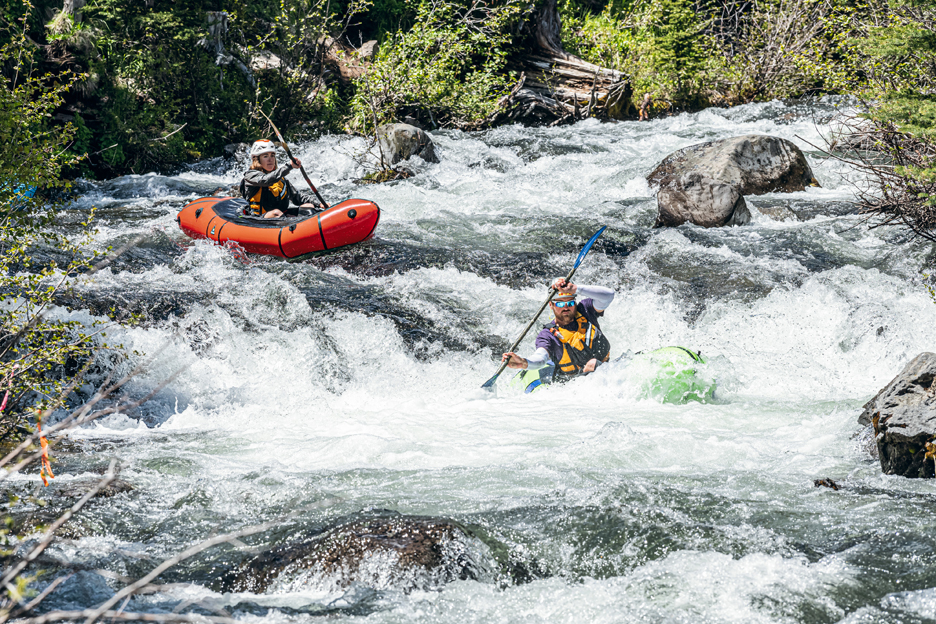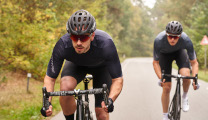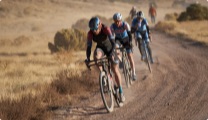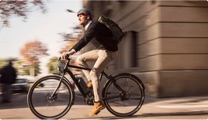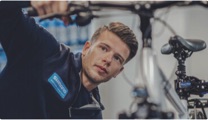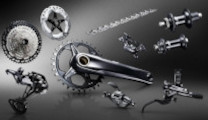“It’s a scavenger hunt for adults!” To hear adventure-racing champion Chelsey Magness sum up her sport, it may sound like the kind of thing you’d do at a family picnic. But as she goes on, the full picture quickly comes into view. “You’re going through multiple disciplines. Mountain biking, trekking, paddling, climbing. But then there are always some surprise challenges in there. Like a rappel. Sometimes there’s body-surfing down a river. Sometimes you have to bring a donkey or a camel across a desert. Sometimes there’s roller skating.”
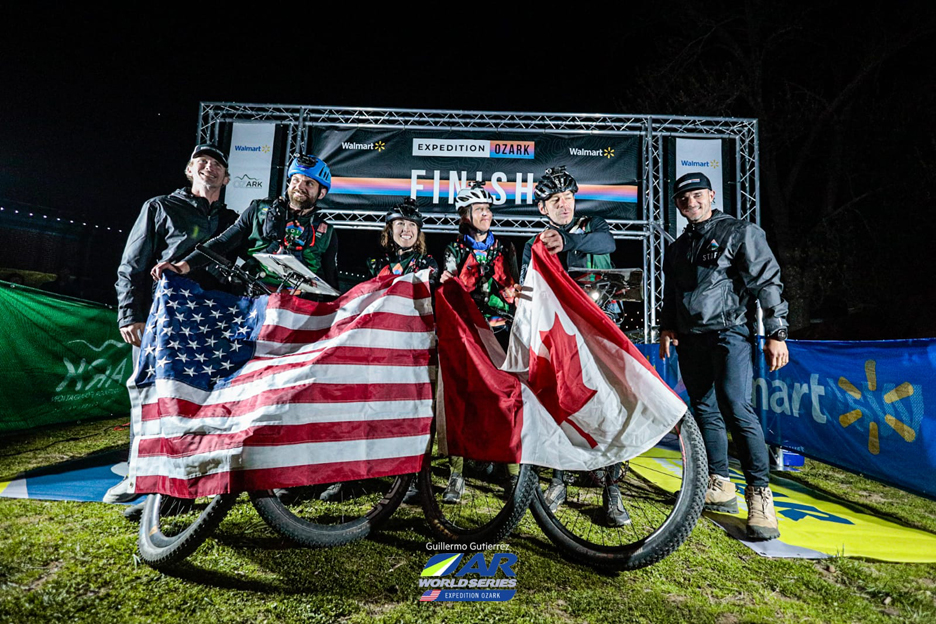
Adventure racing is about running a gauntlet of diverse challenges, but the scavenger-hunt comparison actually is the best way to nutshell it. Because between those challenges are checkpoints. Checkpoints that teams have to reach without the aid of any sort of GPS device. They can hit those checkpoints via whatever route they decide is best and at any time of day or night. And then they have to make it to the finish with all the members present, whether it takes eight hours or eight days.
Eight days is not an exaggeration. That’s a respectable total time to complete, for example, the Patagonia Expedition Race. Its courses can span as far as 800 kilometers, through jungles and over glaciers. There are also events like GODZone in New Zealand, which covers more like 500 kilometers with top teams doing the full pull in less than five days. And adventure races aren’t only held in exotic, remote locales. America’s Toughest Race starts in Bend, Oregon, and is a 480-kilometer event (or 300 miles, since it’s in the US) which includes rock climbing, class-4 whitewater rapids, and a generous helping of mountain biking. Chelsey and her husband, Jason founded and manage that race from their home in central Oregon where they also manage their own adventure racing team, Bend Racing.
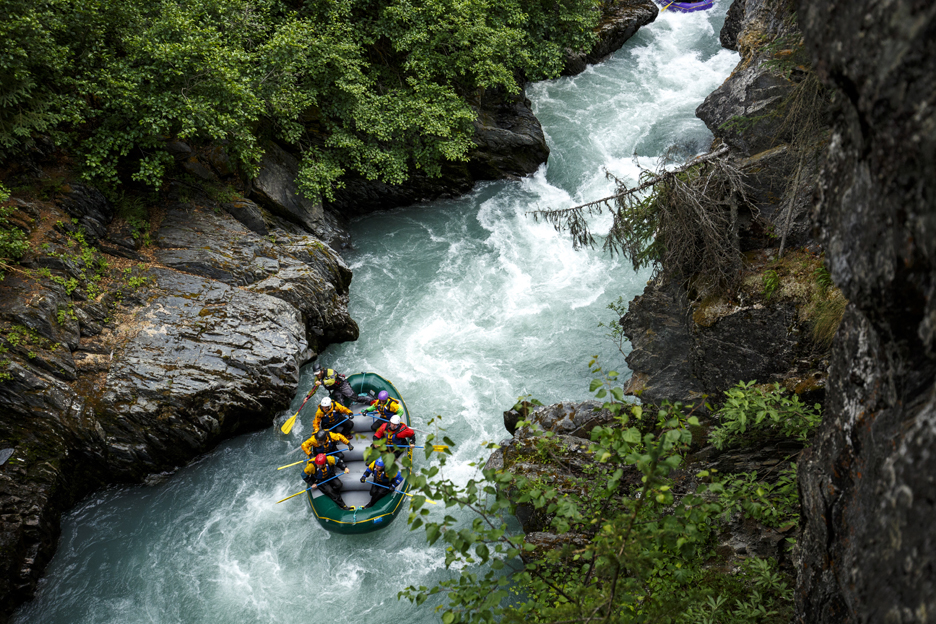
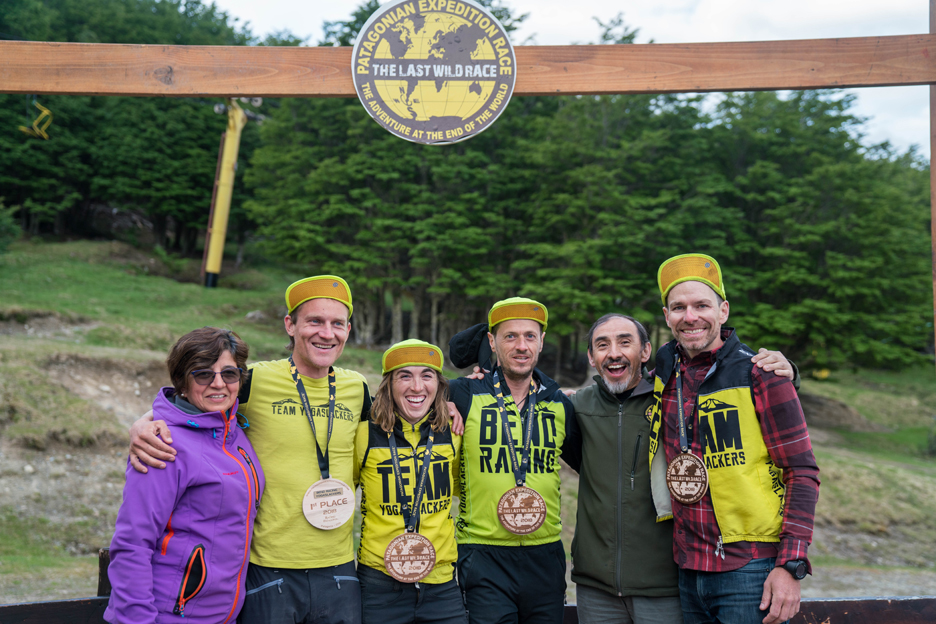
Bend Racing won the most recent Patagonia Expedition Race in 2018 (in 6 days, 3 hours, and 53 minutes). When we talked to Chelsey, she was in New Zealand after Jason had just competed in the GODZone race the day before with another team. He was still asleep.
“It’s more than just physical,” Chelsey tells us. “You have to have a navigator, logistics people, people with stoke. It takes a certain person to want to do this with you because you see them at their best and their worst.” The team dynamic is central to adventure racing. Although there’s a wide range of formats, the predominant team size is four members, and many races require that teams be co-ed to rank on official leaderboards.
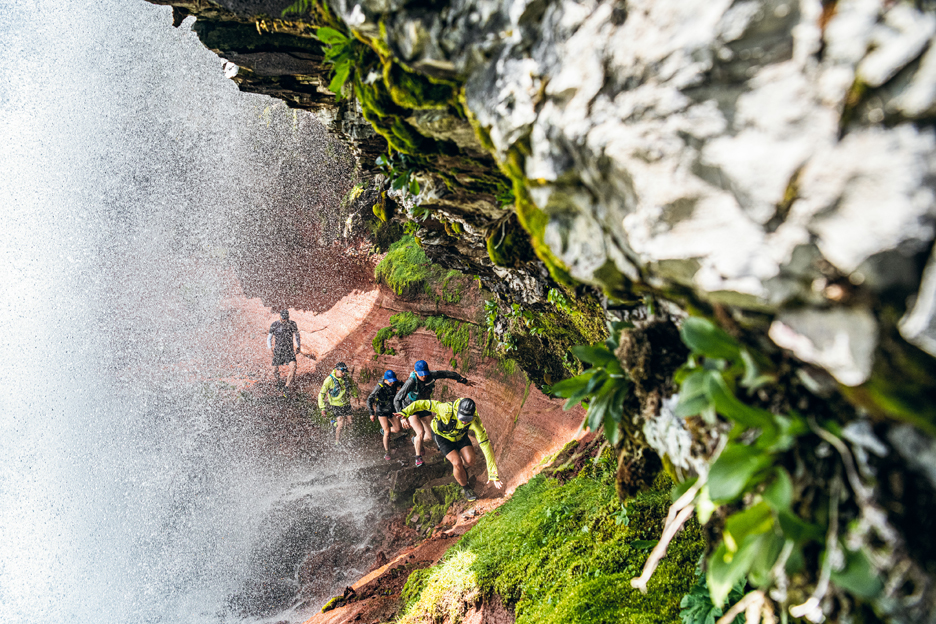
“It’s taken us over fifteen years to get the team we’ve got,” Chelsey explains. “For Bend Racing, we have eleven people on our squad.” Serious teams like hers maintain a bullpen to ensure that they can fill those four spots come race time. Adventure racing doesn’t exactly have “pros” like other sports do. When you consider that top-level racers like Chelsey still have to live their lives just like the rest of us do, what they do seems at once more relatable but also more impressive. “We all have jobs. Half of us have kids that are age eight and under. The hardest thing is often just getting all of your team to the start line, healthy. Once you’re there, there’s a huge weight lifted.”
Often, it’s only hours before that moment that a team is given the locations of those all-important checkpoints. And the only way they have to find them is with a map, a compass, a barometer, and their wits. “That is the cornerstone of the sport,” says Jason Magness, who had woken up at this point. As he spoke, his compass was actually hanging on a hook behind him, next to a salt-stained headlamp. “It allows you to get lost. There are these things called ‘parallel features.’ If you think you’re in the right place and keep navigating based on that perception, before long, you’re six hours away from the nearest checkpoint.”
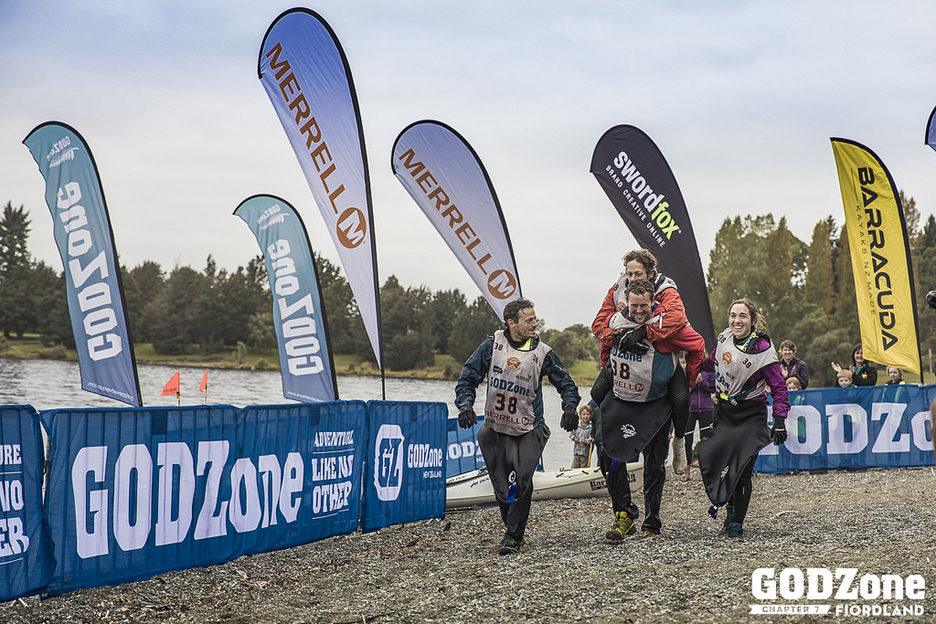

Jason is one of the navigators on Bend Racing, so this matter is close to his heart. “When you navigate a race well, and you gain placements not because of your speed or your fitness, but because you’re smarter, it’s a cool add-on to a sport.” That testing of both physical and mental capability seems to be what draws people to adventure racing. To test “how far you can push yourself physically without falling apart mentally,” as Jason puts it.
And that’s where the team dynamic comes in. The more that team members can specialize, the better that each can focus on their own role and not get overwhelmed. “There’s the captain, who is making big logistical decisions. When do we push, when do we slow down and recover. Do we sleep and when.” There are roles like pack horses who carry extra load, and others who make sure people are eating and drinking properly. And there are roles like Stoker, which Jason says Chelsey is particularly good at. “Everyone has a moment when they want to quit. You need someone who has that indomitable positive attitude. She’s the one who’s gently reminding us that we chose to be here.”
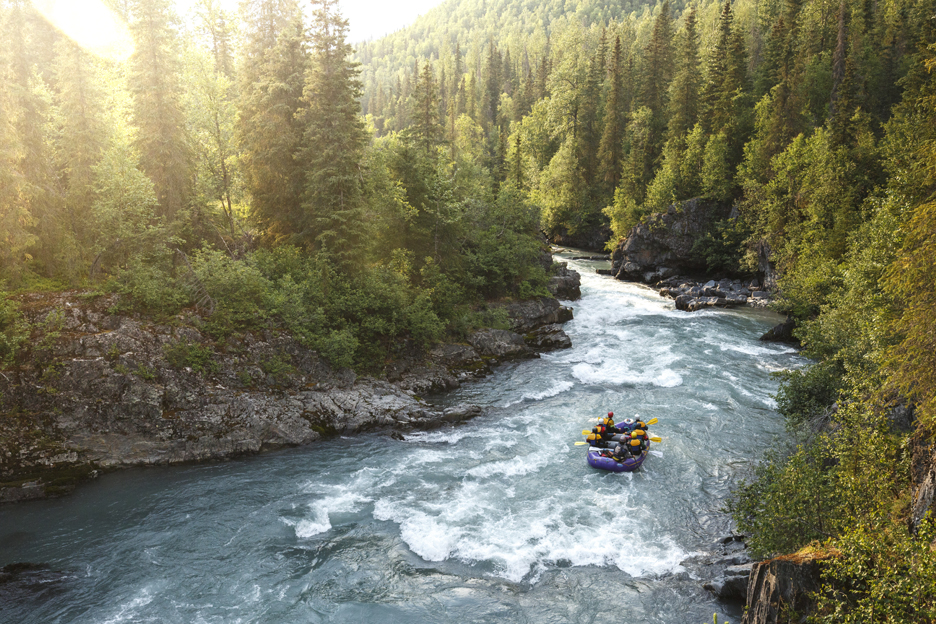
Similarly, there are certain aspects of adventure racing where entire teams might excel. “There are a lot of good teams who specialize in the 24-hour races, and those are hard to beat for us,” says Chelsey. ”But those teams aren’t as good as us at [multi-day] races.”
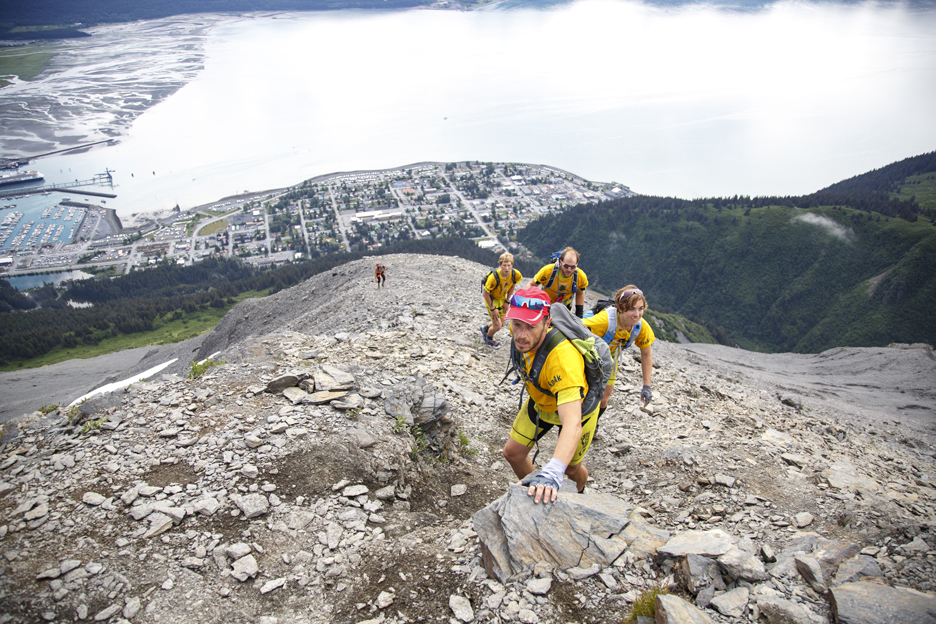
There’s another thing Chelsey’s team is good at: Bikes. Chelsey herself is the reigning World Endurance Mountain Bike Association 24-hour champion. And with much of the Bend Racing team based in western Canada and the northwestern U.S., they’re kinda all good at bikes. They tend to look forward to bike stages, however grueling they may be. “We know that it’s one of those times where we can pick up ground without putting ourselves in the hole,” Jason boasts.
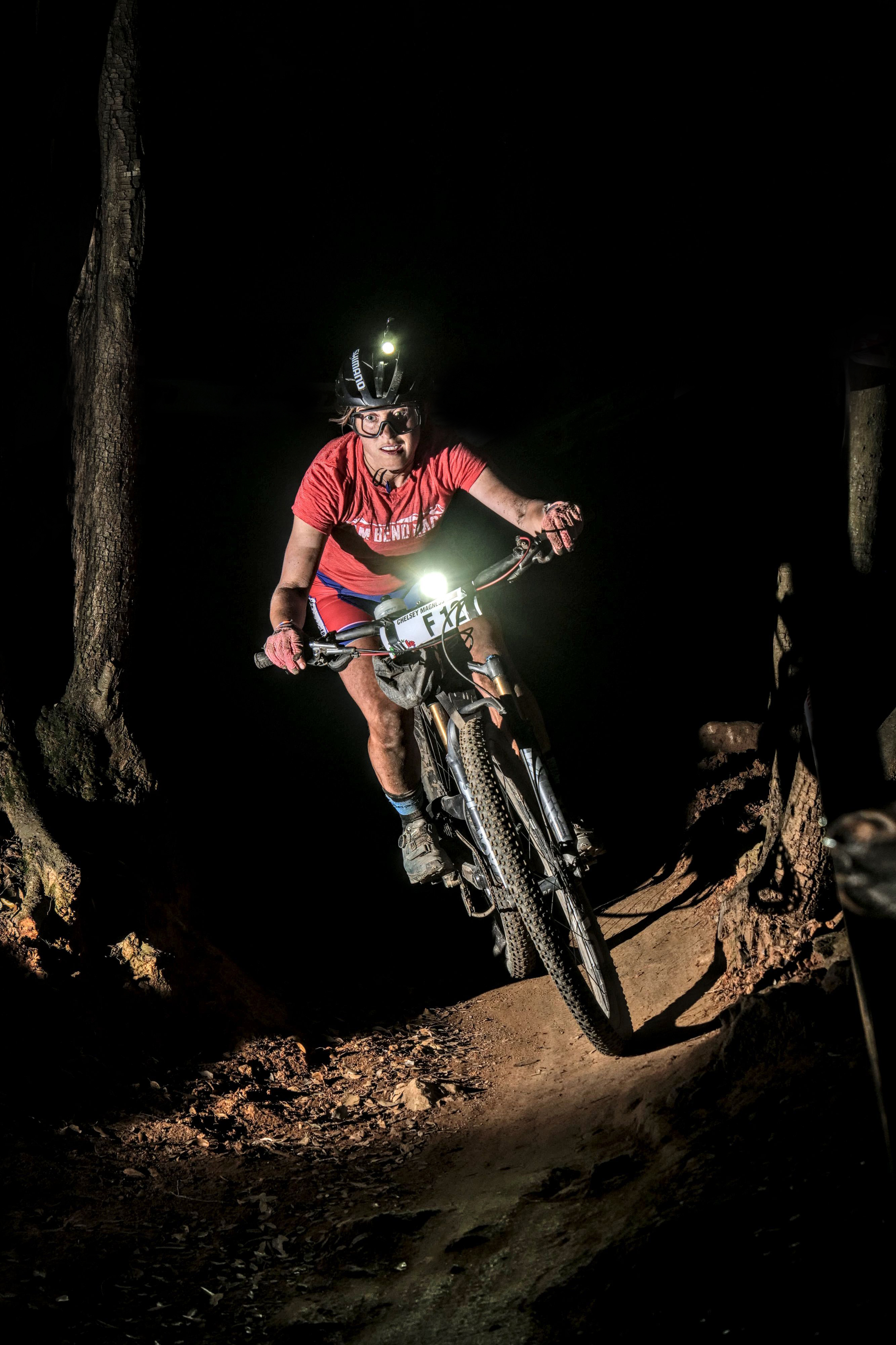
Bikes play a unique role in an adventure race. There are often long stretches of hiking, rafting, or even rappelling with your bike. But these stages can be a respite from some of the challenges faced when on foot.
“One thing we do a lot is bike through the night,” Jason explains. “A lot of time on foot, you get pretty slow at night if you’re trying to navigate difficult terrain. Sometimes we realize we’re going two, three kilometers an hour, which is too slow. We might as well sleep.” A bike stage will have its share of unrideable moments, sometimes in service of a shortcut, but most of the distance is on paths and roads. Navigation is simpler, day or night.
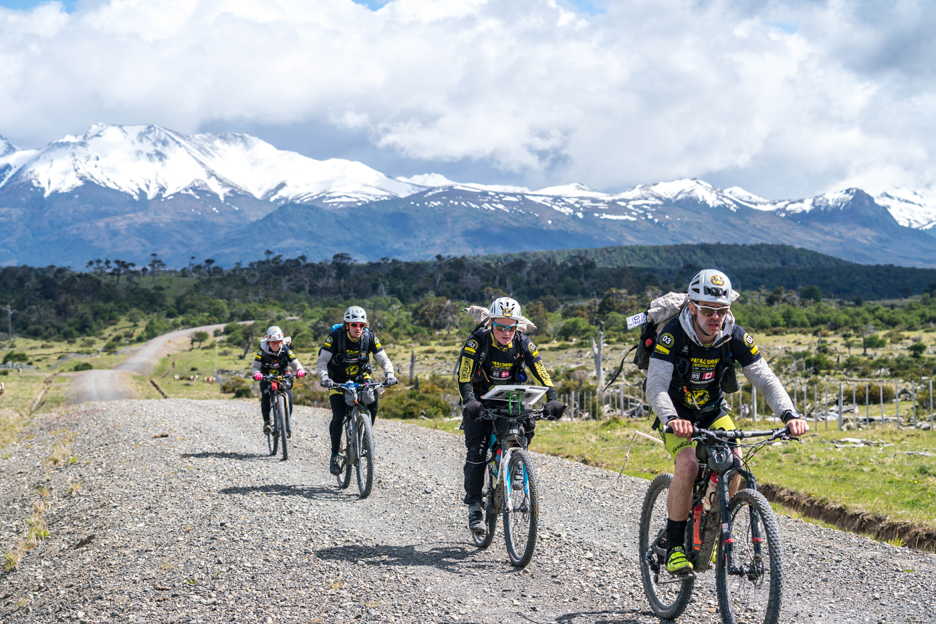
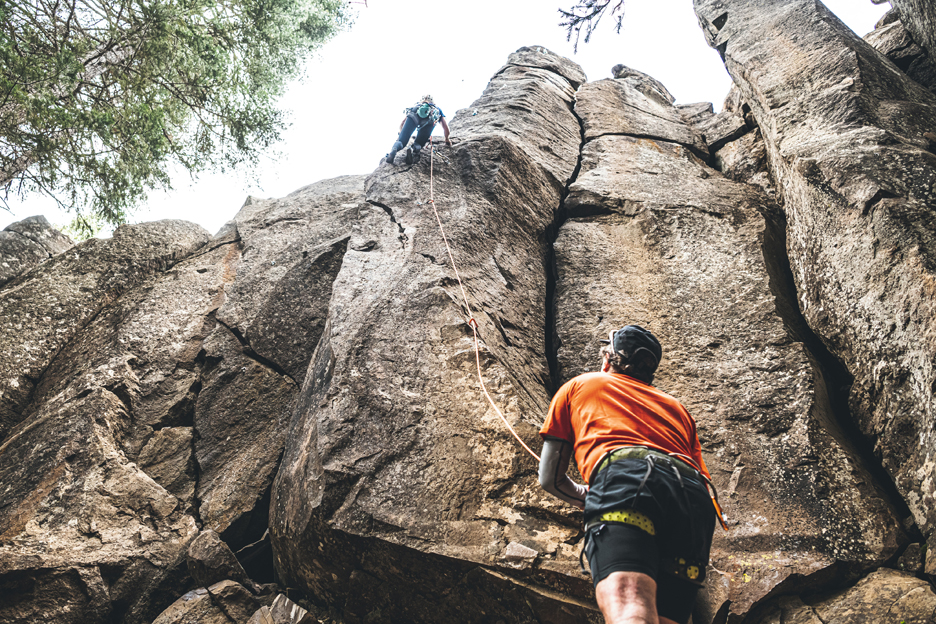
“And if we have a teammate who’s hurting, we do a lot of towing,” Jason tells us. “We have this little dog leash that’s attached to the bottom of the seat.” They actually can do something similar on foot, but the benefit on a bike is huge. It’s also a chance for them to take some of the weight off their backs. “Probably more than half the field is employing bikepacking gear.” This is a relatively recent development the Bend Racing Team has been especially happy to see. A seat bag and a handlebar bag can carry a lot of weight. “And usually it’s pretty simple, just a dry bag with some ski straps and a butt bag.”
There have been other gear evolutions making a big difference in adventure racing. Like in cross-country, it wasn’t long ago that very few riders were on full-suspension bikes. There’s still a debate, but not for Chelsey and Jason. Same goes for dropper posts, but for an interesting reason. “Changing your seat position just to ease fatigue is huge,” says Jason. “A centimeter higher or lower changes the wear points on your butt and on your legs. To me, it’s the new standing up.”
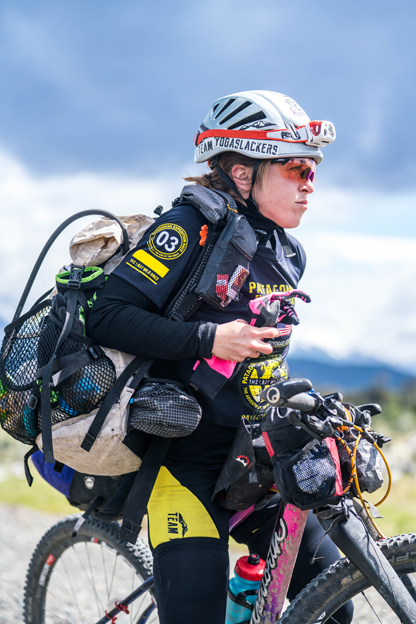
And of course, there’s the abuse an adventure race puts a bike through. Being an entirely SHIMANO team simplifies things for Bend Racing. “It makes sense for a team of four to only need one spare derailleur.” Jason points out. “These are unsupported races. We may do a 160-kilometer muddy stage, and when we get to the end of it, we’re still not done.” There are often multiple bike stages on these courses, and it’s each team’s job to box their bikes up so a logistics crew can bring them to the next stage. “There’s no bike stand, no wash station, you’re in the middle of the Ecuadorian jungle and you have to take the wheels off, tuck in the derailleur, and then two days later after the mud is caked on, you have to pull it out of the box and expect it to ride again.”
Most of us would have a hard time finding the pleasure in all that struggle. Even Chelsey and Jason won’t pretend that they enjoy every minute of it. But that’s not what it’s about. Finishing an adventure race is not like finishing a time trial or a marathon or a triathlon. You can’t just brute-force your way through it. “It’s about adaptability and teamwork and, for lack of a better word, grit,” says Jason. The unpredictable chaos of an adventure race is exactly what makes successfully finishing one sweet. In fact, we reckon few things could possibly be sweeter. And of course, there’s the cathartic rush of being back in the comforts of civilization. Jason swooned over how good it feels to see their kids after an event. Chelsey jumped right in on the topic of what she looks forward to most. “I’d say kids,” she agrees. “And sleep. I really like sleep.”
